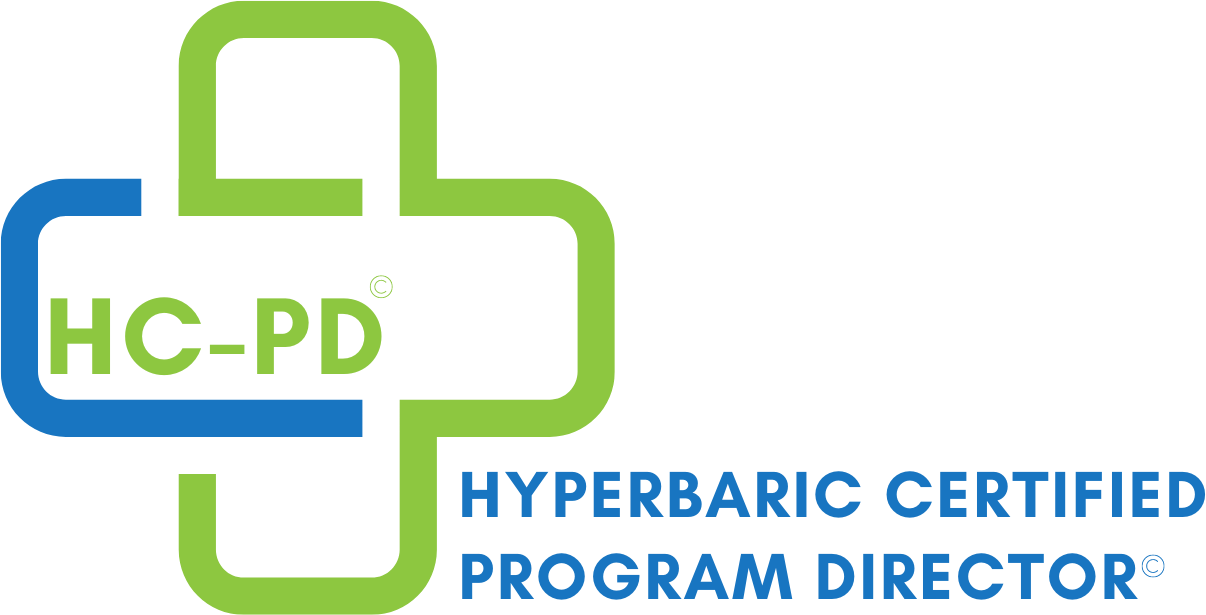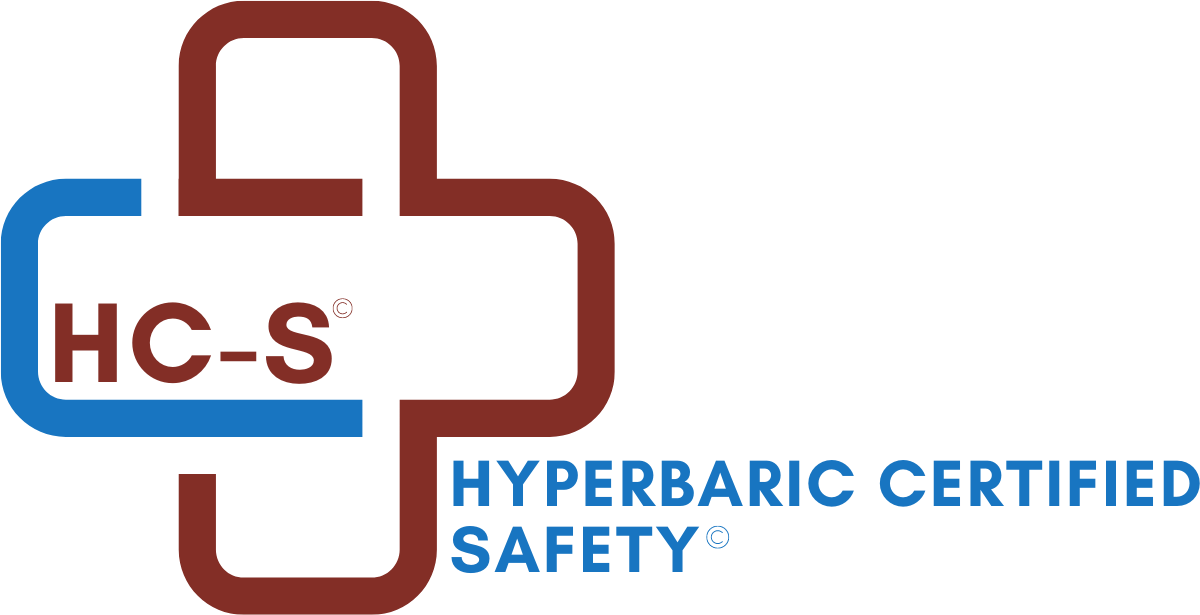Hyperbaric oxygen exposure can produce significant hemodynamic changes. An increase in systemic afterload due to hyperoxic vasoconstriction in well perfused tissues can lead to a decrease in left ventricular function and a decrease in ejection fraction in some patients. When this decrease in left ventricular function occurs in the setting of pulmonary arterial vasodilatation due to improved alveolar oxygenation with increased left atrial and left ventricular filling, acute left ventricular dysfunction and pulmonary edema can result. Cases have been reported in patients with a history of pulmonary edema or low left ventricular ejection fractions or in patients with sudden fluid shifts from volume overload. Acute pulmonary edema appears to be more common in monoplace than multiplace treatment settings, perhaps because of the requirement for patients to be in a more supine position in the monoplace chamber rather than the sitting position with legs dependent available in the multiplace chamber.
Copyright
© Wound Care Education Partners. All Rights Reserved.

